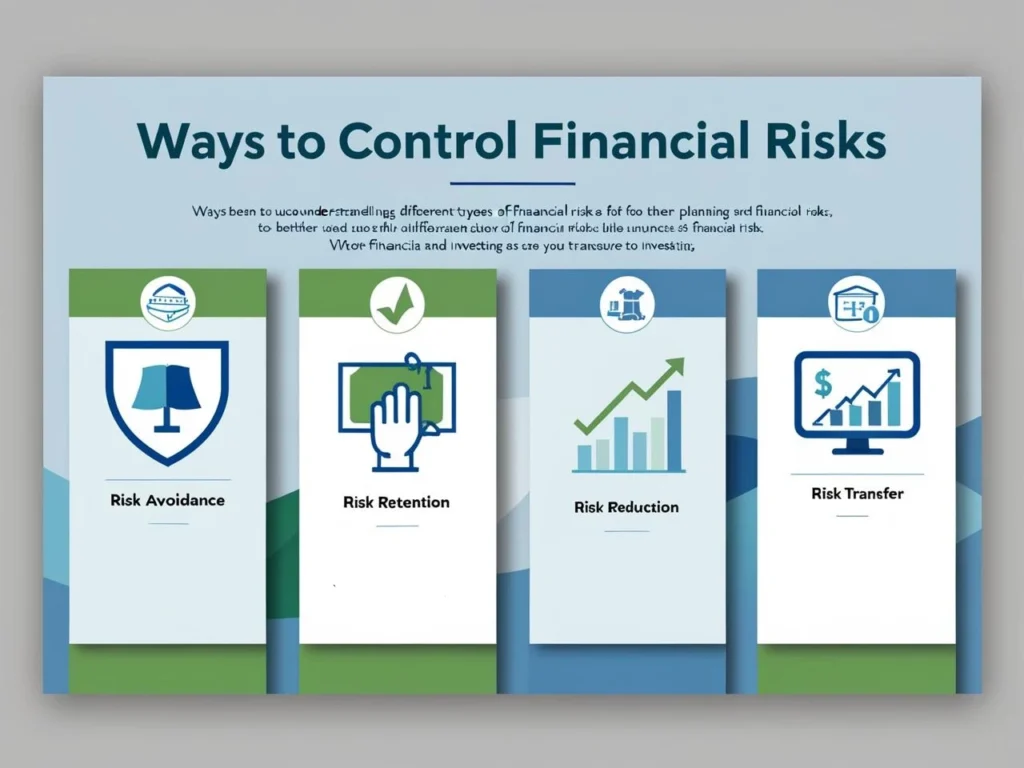
*image is AI-generated
Financial risk is often unavoidable in business. Sometimes, it’s even acknowledged as a necessary condition to achieve a desired return. It is the probability of losing your invested money or business venture. Some of the financial risks are credit risk, liquidity risk, and operational risk.
It is a different type of danger that could result in loss of capital to interested parties. This can mean that governing bodies are not able to control monetary policy and will default on bonds or other debt issues. Corporations also face a similar possibility of defaulting on their payments or debt they undertake but they might also experience an undertaking that causes a financial burden on business.
Types of Financial Risks
Determining the kinds of risks that potentially affect a firm is the first step in developing a successful financial risk mitigation strategy. Depending on the industry, the size of the business, and other operational considerations, some risks are more relevant than others. Better planning and more successful risk mitigation are made possible by an understanding of the specific details of how these risks could affect a firm. Here are ten typical categories of financial risk:
Credit Risk
Increasing credit for customers is a standard practice in many industries, and it can be a useful way to expand a business’s customer base and increase revenue. But it also increases the chances of uncollected sales. When a customer doesn’t pay, the seller’s business loses revenue and has unrecouped costs for products or services delivered. If a business has only a small number of customers, extending credit exposes it to even more credit risk if one of those customers experiences cash flow problems or goes out of business.
Market Risk
Market Risk for Business means external forces endemic to a company’s specific industry. Increasing customer preferences, advancements in technology, and other
Ways to Control Financial Risks

*Image is AI-genrated
To control financial risks the first step is to understand what types of financial risks exist. Some types of risks are more pertinent than others. Understanding the specific nuances allows for better planning and more effective investing.
| Risk avoidance | Risk-retention | Risk reduction | Risk transfer |
| The process of transferring risk to a third party; for example, an individual may purchase a life insurance policy to offload the risk of premature death to the insurer. | The process of accepting responsibility for a particular risk, for example, an individual deliberately not insuring their property. | Mitigating potential losses or the severity of potential losses; for example, an individual can diversify their investment portfolio to reduce the risk that their investment portfolio experiences a severe negative drawdown. | Elimination of activities that can expose the individual to risk; for example, an individual can avoid credit/debt financing risk by avoiding the usage of credit to make purchases. |
Conclusion
Financial risk is naturally occurring across businesses, stock markets, governments, and individual finance. Investments always come along with their own risk with their own potential profit and with a chance that they may lose money or face detrimental circumstances. these entities can use fundamental, technical, and quantitive analysis to not only predict risk but also make plans to reduce or mitigate it.